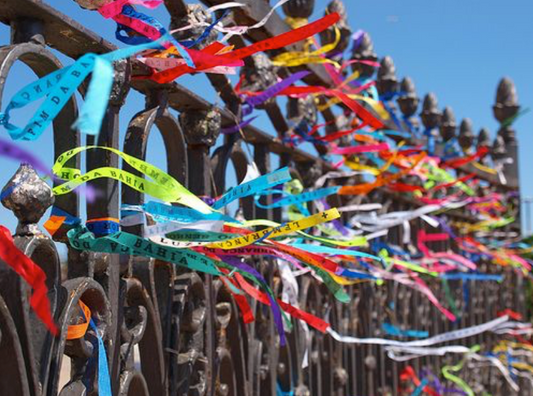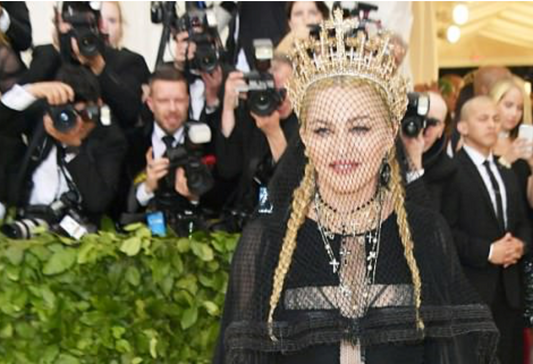talkingfashion

Faith & Fashion
Faith & Fashion by Morgan Watkins Although styling looks with religious jewelry is not a new concept, it seems to be having a major moment in the fashion universe. The...
Faith & Fashion
Faith & Fashion by Morgan Watkins Although styling looks with religious jewelry is not a new concept, it seems to be having a major moment in the fashion universe. The...

From Catholicism to Couture: The Fashion Cross
From Catholicism to Couture: The Fashion Cross By Paige McKirahan Fashion is like a religion for some, so it is only customary that it finds inspiration in true religious...
From Catholicism to Couture: The Fashion Cross
From Catholicism to Couture: The Fashion Cross By Paige McKirahan Fashion is like a religion for some, so it is only customary that it finds inspiration in true religious...